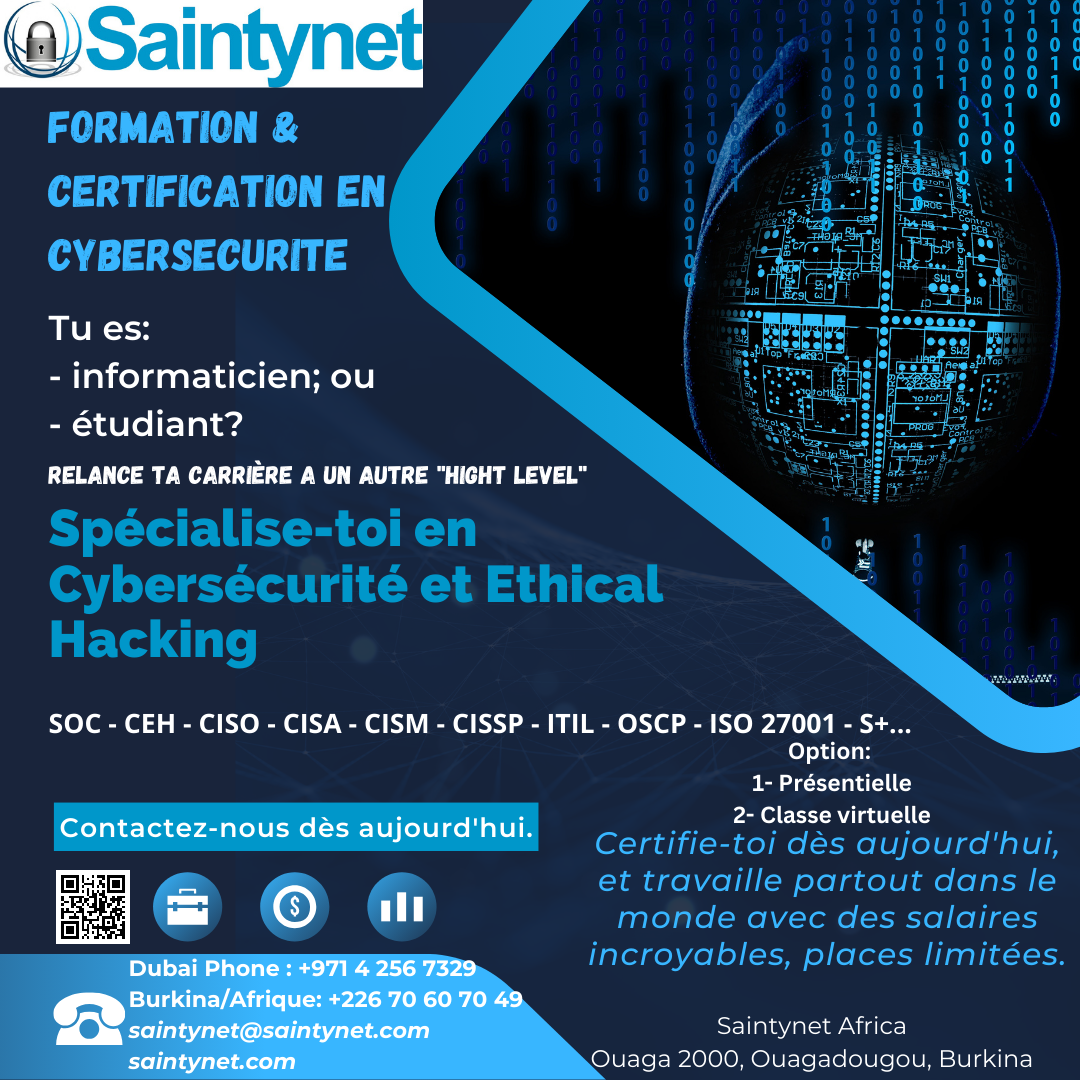Is Artificial Intelligence Taking Human Jobs Or Innovating Can Help To Separate Duties?
The Rise of the Image-Makers:
Artificial intelligence (AI) has revolutionized the art world, creating stunningly realistic images and mimicking existing artistic styles with uncanny precision. However, for some artists, this progress comes at a cost: the potential loss of originality and creative control. In response, a growing number of artists are taking a stand, fighting back against AI’s encroachment on their domain with a surprising tactic: poisoning their own images.
Invisible Rebellion:
This digital “poisoning” involves subtly altering their artwork with imperceptible patterns or changes that only AI algorithms can detect. These alterations don’t affect the human perception of the artwork but throw AI systems into disarray, producing nonsensical or unintended outputs when they try to replicate the poisoned work. By essentially tricking the AI, artists regain control over their creations and prevent their styles from being easily copied or appropriated.
The Tools of the Trade:
Several tools are emerging to empower this artistic resistance. One such tool is NightShade, developed by researchers at the University of Chicago. NightShade subtly modifies pixels in images, introducing imperceptible noise that disrupts AI image generators like Stable Diffusion and DALL-E 2. Another tool, Glaze, masks an artist’s unique style by applying a different style cloak, essentially hiding their brushstrokes from AI’s grasp.
More Than Just Technology:
While the tools offer technical solutions, the fight against AI goes beyond mere technological means. It’s a statement about artistic ownership, creative freedom, and the very definition of art itself. Artists like Greg Rutkowski, whose distinctive style has been widely imitated by AI, see “poisoning” as a form of protest against the commoditization of their work and the potential displacement of human artists by machines.
The Uncertain Future:
The implications of this digital David-and-Goliath battle are still unfolding. Some argue that “poisoning” could escalate into an arms race between artists and AI developers, further complicating the already-murky waters of art copyright and ownership. Others see it as a temporary workaround, emphasizing the need for broader conversations about the ethical implications of AI-generated art and its impact on human creativity.
Conclusion:
Whether it’s a temporary rebellion or a harbinger of a new era in art, the use of “poisoned” images marks a significant moment in the evolving relationship between humans and AI. It sparks crucial questions about artistic ownership, technological boundaries, and the very essence of creativity. As AI continues to shape the art world, artists’ fight back reminds us that the human spark of originality and the power of individual expression remain irreplaceable, even in the face of ever-evolving machines.
This digital rebellion is far from over, and the battle lines between artists and AI are constantly shifting. One thing is certain: the story of artists fighting back against AI with “poisoned” images is a testament to the enduring power of human creativity and the unwavering spirit of artistic resistance.




